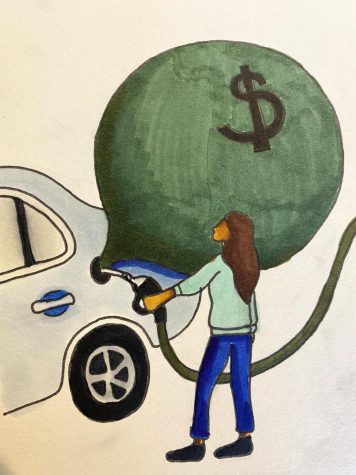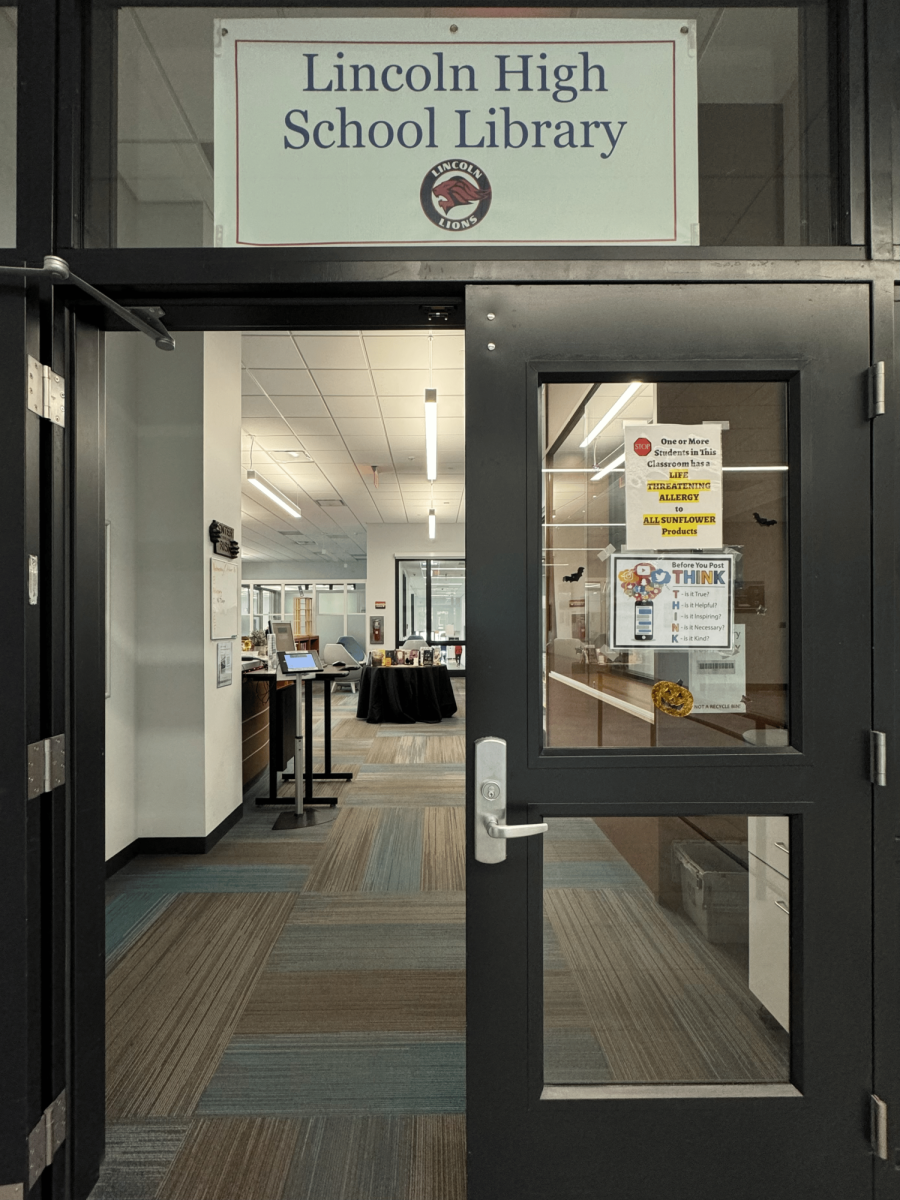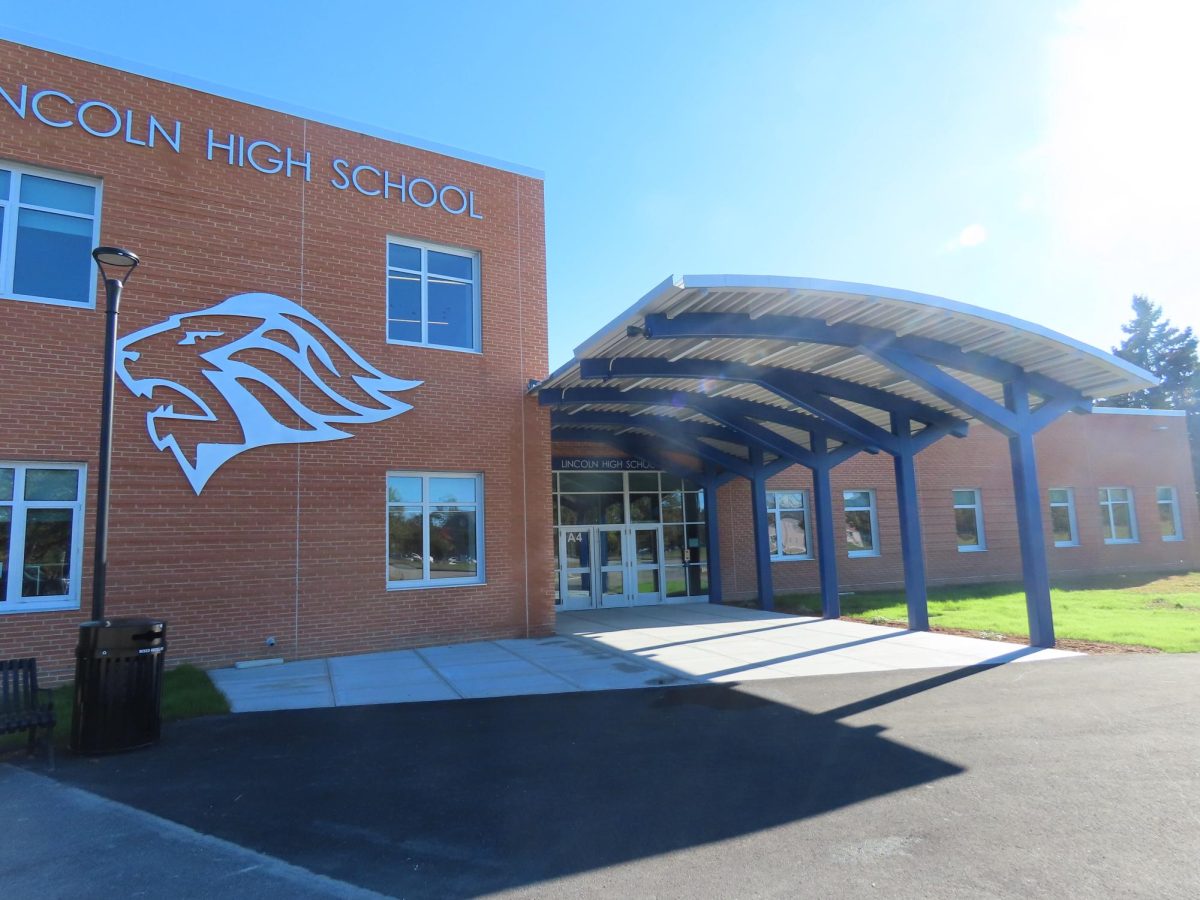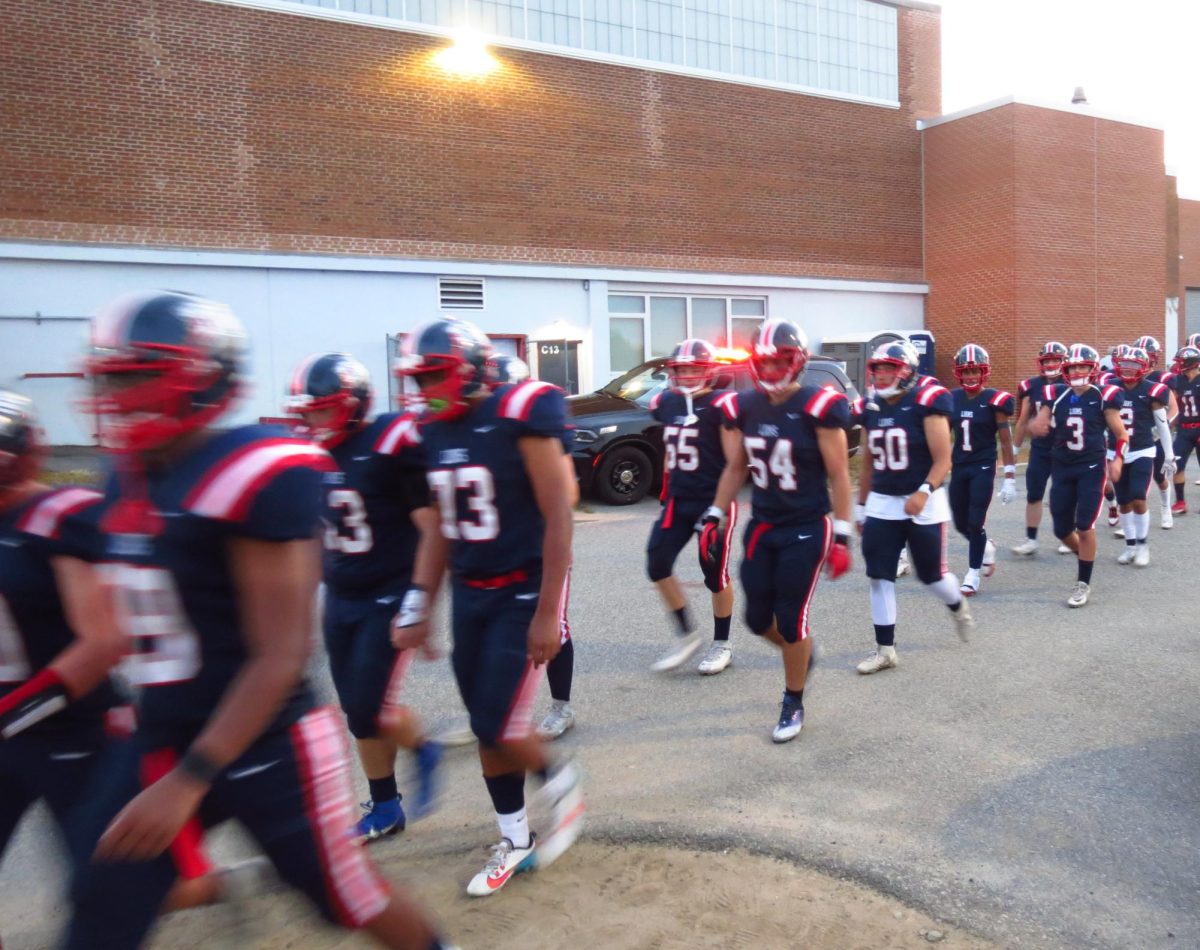Pandemic Gas Prices May Be Keeping Us At Home
Inflation Hits The Gas Tank Hard

All over the nation, the cost of a gallon of regular gasoline is topping $3.40, with premium exceeding $4 per gallon. The fear that these numbers will rival gas price records made in 2008 ($4.11 and $4.84 respectively) before this period is over is driving us mad.
It has been no secret that rapid inflation has definitely affected our nation over the past few months. Inflation is an economic term used to describe the increase in price of goods and services in an economy. Unfortunately for us, one of the most popular goods inflating at historically high levels is gasoline.
The nation’s oil supply is running low, causing gas prices all around the nation to rise. In Rhode Island, the average price per gallon for regular gasoline is $3.40 which is $1.35 more than it was last year and 19 cents more per gallon than a month ago. The most expensive gas in Rhode Island tops out at about $3.60, whereas the cheapest only lowers to $3.20.
Rhode Island prices are nearly bearable when compared to some of the other more densely populated areas of the U.S. where most of the population relies heavily on vehicles to get from place to place in their daily lives.
California averages at over $4.00 per gallon, many gas stations averaging at about $4.67 for a gallon of regular unleaded gas. Prices usually depend on the city, county, or district, because in the district of Mid Wilshire in California, regular gas prices rise to $5.99 while premium prices rise to $6.59.
Especially during the period of 2020 where people were consistently driving less, the price of gas was well below $3.00 which is commonly cited as a reason why we are seeing such a colossal increase now.
It is not just our perception that makes it seem like gas prices are on the rise, the nation’s oil supply is running low and there isn’t much that can be done to change it quickly.
Energy Secretary Jennifer M. Granholm is pushing Saudi Arabia to increase their petroleum product. By selling these barrels at $80 each, producing lots of money for the federal government while increasing supplies and decreasing the prices at gas pumps.
The strategic petroleum reserve is responsible for holding the largest emergency supply of petroleum in the world. In the unlikely scenario that the entire nation’s supply is cut off, the strategic petroleum reserve would be able to provide for the whole nation for about a month. It has been used a couple of times over the past 30 years or so for emergencies like Hurricane Katrina.
What are the pros and cons of dipping into the strategic oil reserves? Well the pros are that more people across the U.S. will be satisfied. There is no question that drivers around the nation are not enthralled to be spending $3.50-$4.00 on gas a few times a month, so any action to resolve that issue would create a sense of relief. A temporary resettlement in that market by taking from the oil reserve might buy the U.S. some time to help them find a better long term solution.
On the other hand, the strategic oil reserve is only to be used for emergencies, not inflation. If the U.S. were to be hit with a large storm, natural disaster, or war zone then dipping into this reserve would be validated. Since the main reason would be high gas prices and unrest around the nation, this is not an immediate emergency but rather a larger issue that needs to be solved. If President Biden were to make the decision to use some petroleum from the oil reserve, gas prices would only lower for a short period of time.
On average, the U.S. uses about 100 million barrels of oil a day so by releasing a fraction of that from the emergency oil reserve, it would barely make a dent for that day. If the U.S. does end up using some of their emergency petroleum, the U.S. would also need to make sure that they build that supply back up.
As of November 23, President Biden announced that he would release some of the oil reserves in order to fight the high gas prices that the U.S. faces. The drop in gas prices will not happen with the flip of a switch but with 50 million barrels being released, but this should give the U.S. some time to follow Biden’s plan to shift to clean energy and reduce the amount of oil used.




















